People in Central and South America, Mexico, and the West Indies have grown peppers for thousands of years. The explorer, Christopher Columbus, and other early mariners from the West introduced peppers to Europe in the 15th century.
Europeans grew so fond of the exotic fruit, they sowed pepper throughout the known world. By the 17th century, peppers were cultivated not only in Europe and the Americas but also in much of Asia and Africa.
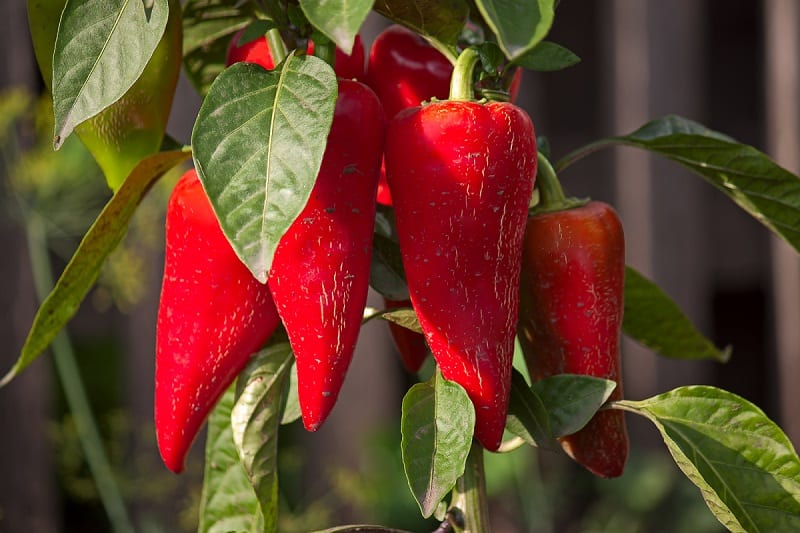
Growing Peppers in Your Backyard
Contents
Are you planning on growing peppers this year? The colorful fruits are low in calories and abundantly rich in vitamin C and other antioxidants. This makes them an excellent addition to a healthy diet and a diverse backyard garden
Here are a few tips for growing pepper in your backyard.
When and Where to Plant Peppers
Only gardeners who enjoy long, warm growing seasons should attempt to sow pepper seed directly in the garden. Many of us will have to start plants indoors about 8 to10 weeks before transplanting, which should be done 2-3 weeks after the expected last frost.
Choose a sunny spot with deep, rich, and loamy soil. If the soil in your home isn’t loamy, add about an inch of compost.
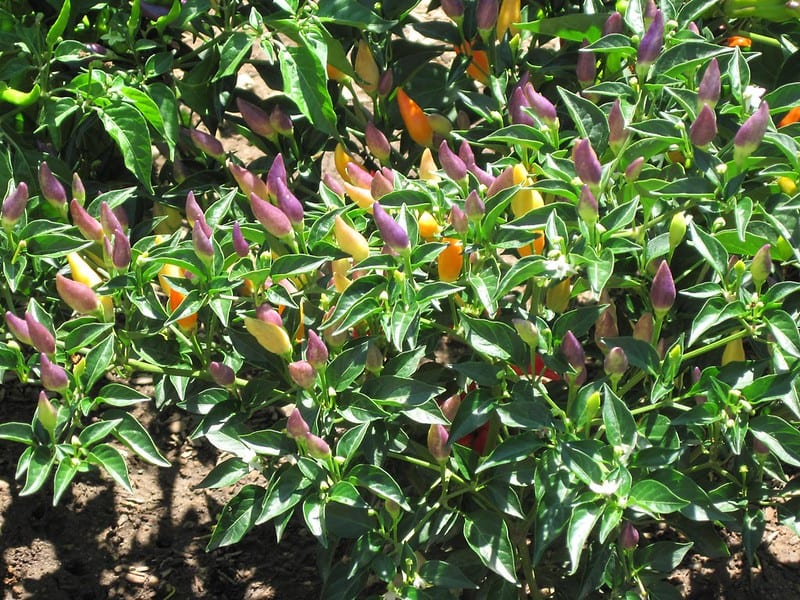
To get an early start in colder areas, cover the prepared bed with a dark-colored plastic mulch at least a week before transplanting. This will heat the soil beneath and improve growing conditions for young pepper plants. The mulch will also help the soil retain moisture throughout the season.
Peppers like warmth, so wait to plant until nighttime temperatures have consistently reached 60 degrees. If possible, set out your peppers on an overcast day to help reduce stress on the plants, according to Burpee.
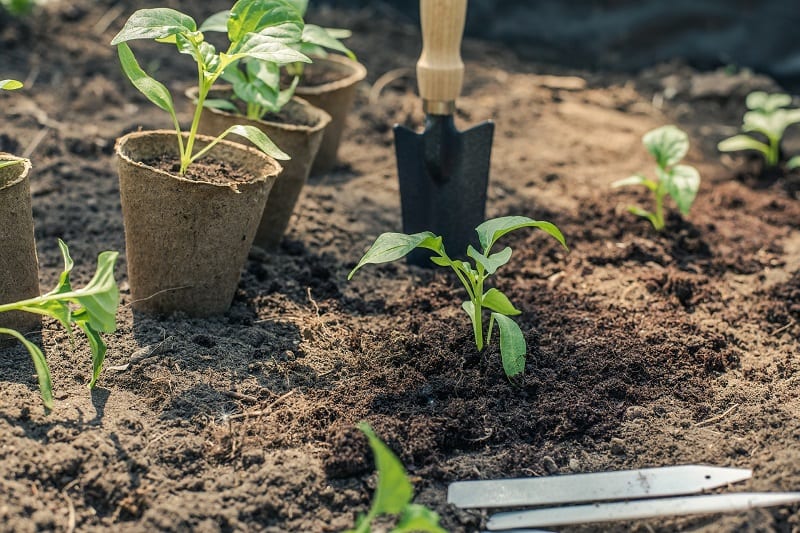
Cultivating Peppers
Depending on the size of the pepper varieties you intend to plant, you should space your seedlings 12 to 20 inches apart. Peppers can double as ornamentals, so you can tuck some into flowerbeds and edgings if you like.
Peppers are thirsty plants. They will need about an inch of water a week from the moment they sprout until the end of the season. However, peppers won’t endure soggy soil. Be careful not to overdo the fertilizer, as well, as this will induce lush vegetation at the expense of fruits.
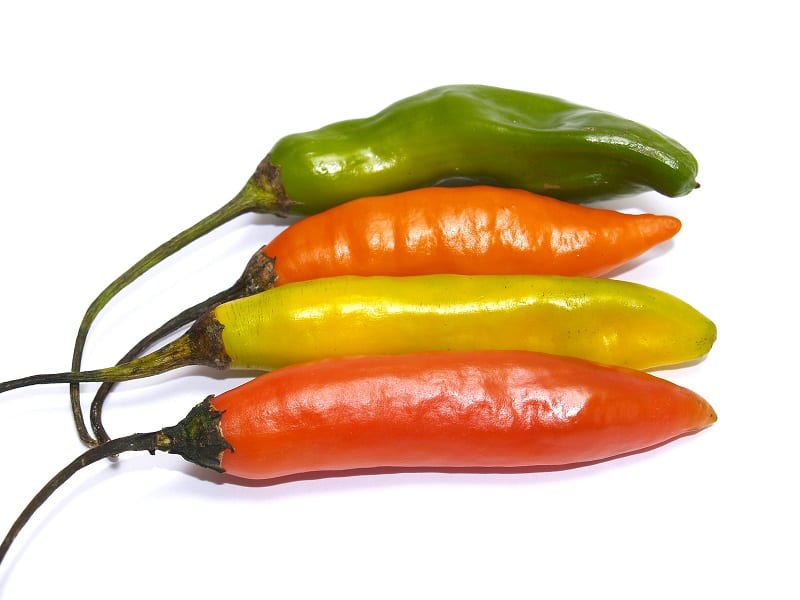
Pepper plants are easily damaged when laden heavy with fruit. For support, tie the plants to stakes using old nylons or cotton string. Don’t use wire twist-ties. These are likely to choke or even snap the stem of your plants.
Remember to pinch off any early blossoms. This won’t harm the plants. Pruning will direct the plants’ energies into growing. You’ll get more large fruits later in the season.
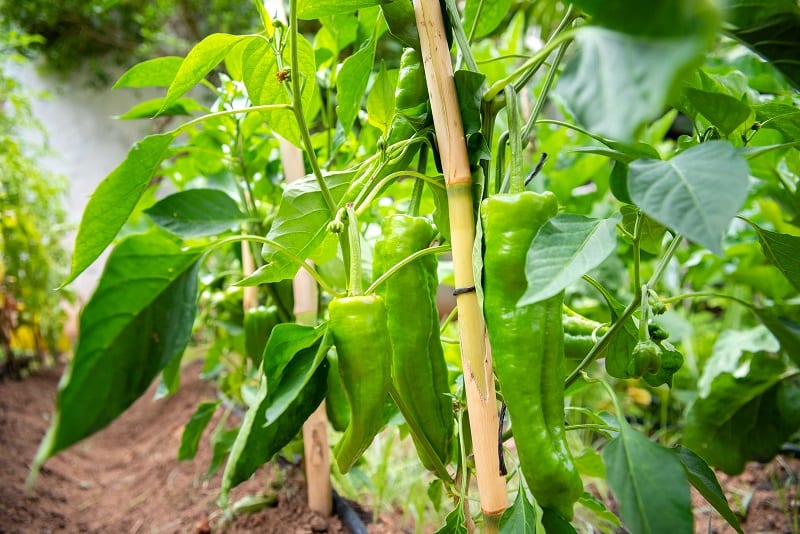
Harvesting Peppers
Both gardeners and farmers typically harvest peppers while the fruit is still maturing. The traditional bell pepper, for example, is harvested green. Frequent harvesting increases yields. If you constantly harvest the peppers before they mature, the plants will continue to produce fruit in a bid to produce viable seed.
Most pepper varieties will mature red, orange, or yellow. Peppers can be harvested at any stage of growth, but their full flavor will not develop until they’ve matured.
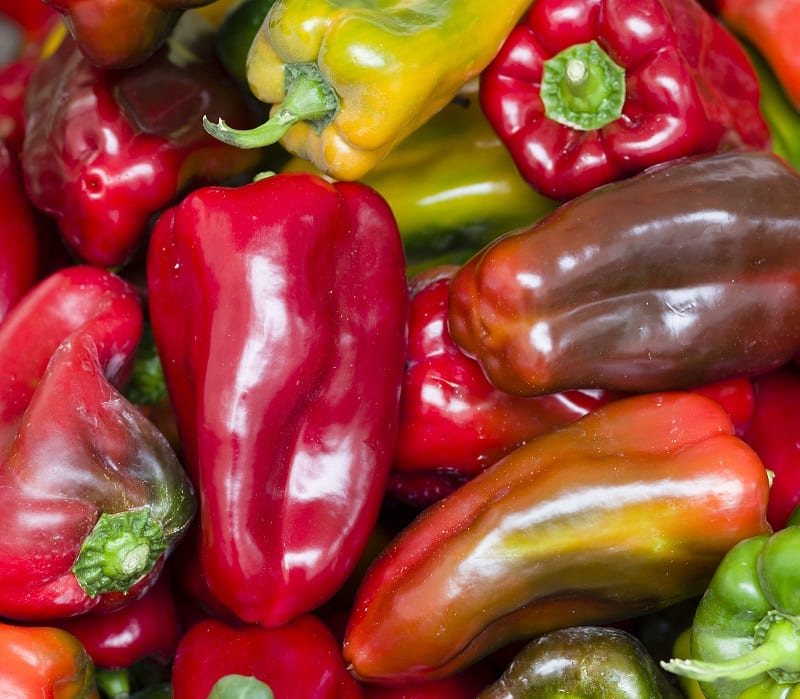
Good Flavor – with a Stinging Punch!
For maximum flavor, you should eat peppers on the same day they are picked. You can also leave them on a kitchen counter for a day or two to ripen. Do not place peppers in your refrigerator’s crisper drawer. Peppers do not store well in cold temperatures.
Be careful when cooking with hot peppers like ‘Habanero’ and the ‘Thai Dragon.’ Capsaicin, the chemical that produces the ‘heat’ in hot pepper, is contained in a volatile oil that can actually burn your skin! When handling hot peppers use latex or plastic gloves.
Have you tried growing peppers in your garden? We’d love to hear about your experiences!
Here’s a quick video…








